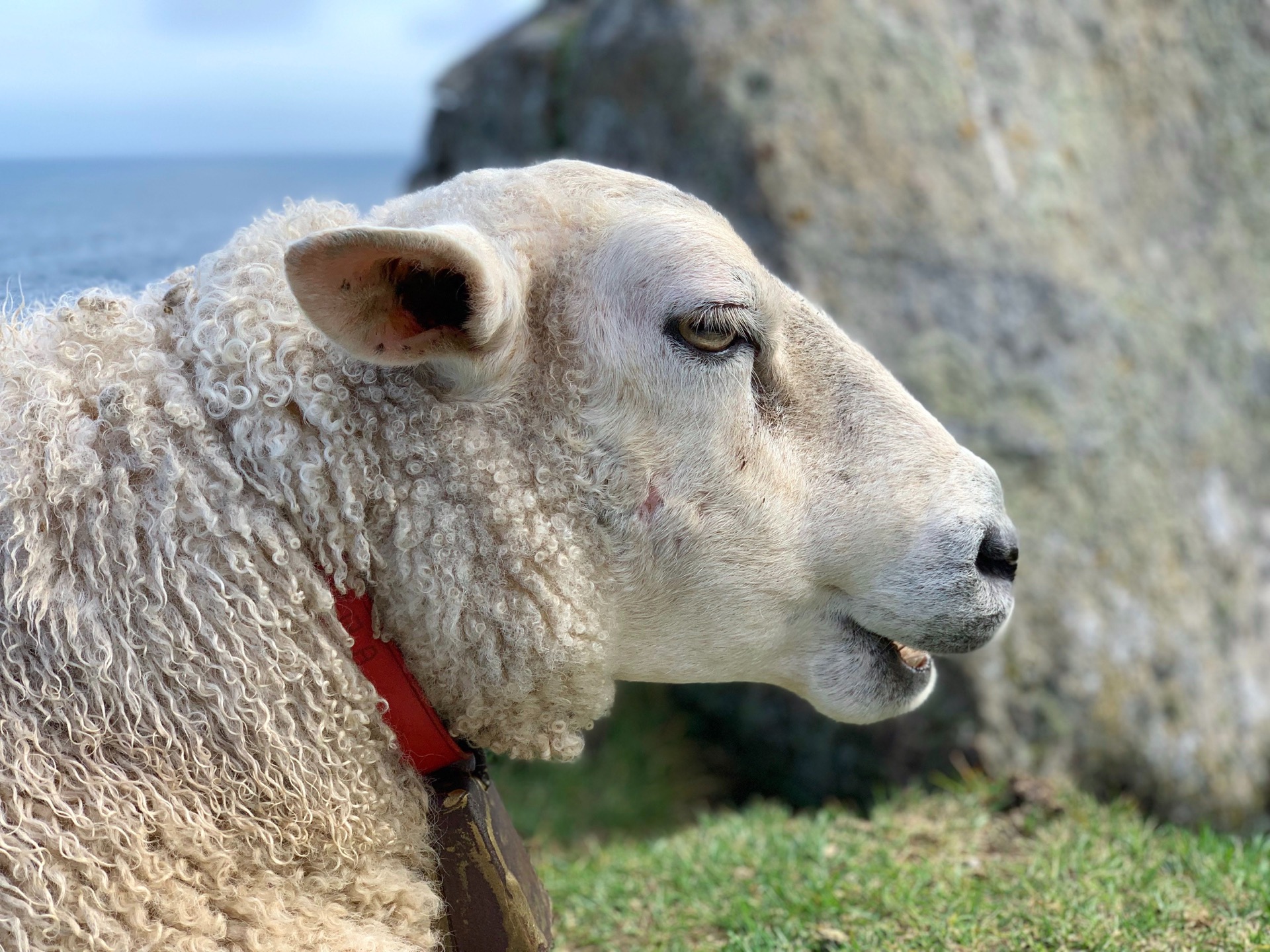FACTS ABOUT NORWEGIAN WOOL

Norwegian wool is durable, has little knots and has very good elasticity and shine. It provides a beautiful yarn in addition to the fact that garments and textiles will retain their shape and form over time. Garments and textiles made of Norwegian wool have a long life and can be part of a more sustainable consumption. Both sweaters and national costumes are good examples of garments that are inherited and are just as fine for several generations.
THE JOURNEY TO THE WOOL
Norwegian wool is collected and sorted at a wool station at Fatland wool outside Stavanger. The wool is then transported to wash in the UK. Then some of the Norwegian wool returns to Norway for further production. A lot of Norwegian wool also goes to other countries for processing.

NORWEGIAN WOOL - BEFORE AND NOW.
When the Oseberg ship was excavated in 1904, in addition to an incredibly beautiful and well-preserved ship, a large number of textiles were also found. In wool alone, over 900 different pieces of fabric were cataloged! There is no doubt that wool was an important resource for the Vikings and in Norway long before that.

More Facts
Wool is a very beautiful fiber. But wool also has other properties no other fiber matches. Wool is nature's "high tech".
• 100% natural. Wool is a protein fiber on a par with human hair and grows naturally on sheep.
• Renewable. The sheep produces a new trap every year from renewable resources such as water, air, sun and grass.
• Biodegradable. Wool has one high proportion of nitrogen which causes wool to break down in a few years. Tests have shown that under ideal conditions a wool garment can break down almost completely in the course of half a year. In comparison, products made from synthetic fibers will need 30-40 years to degrade. For synthetic fibers, pollution from plastic microfibers can also be a challenge.
• Recycling and reuse. Wool fiber is of high quality and can be recycled and reused in new garments or materials.
• Moisture absorbing. Wool can absorb large amounts of moisture, up to 30% before the garment feels damp and up to 50% before it starts dripping.
• Heat regulating. Wool fiber textiles contain a lot of air and thus have a particularly good heat-insulating ability. Wool feels dry and warm even when moist.
• Dirt-repellent. The fiber surface of the wool is water-repellent (but is permeable to water vapor) and lanolin also provides resistance to moisture. This gives the wool fiber natural dirt-repellent